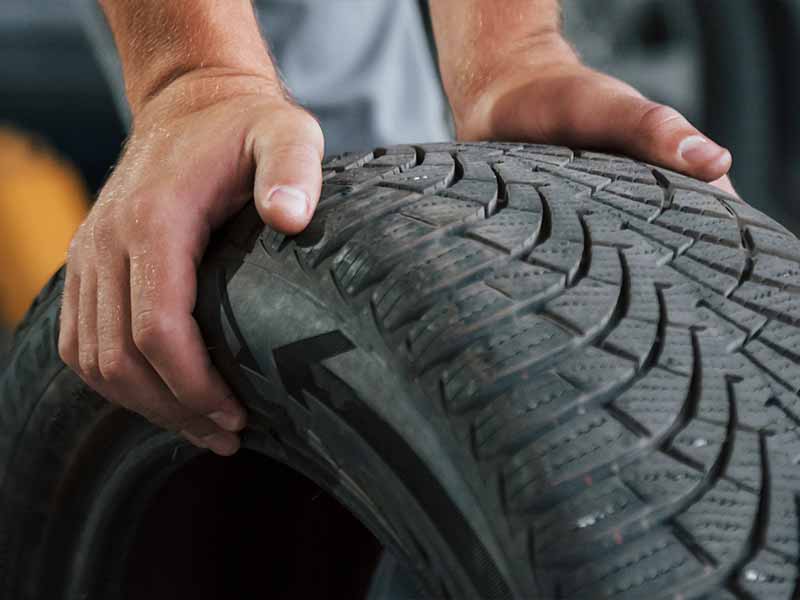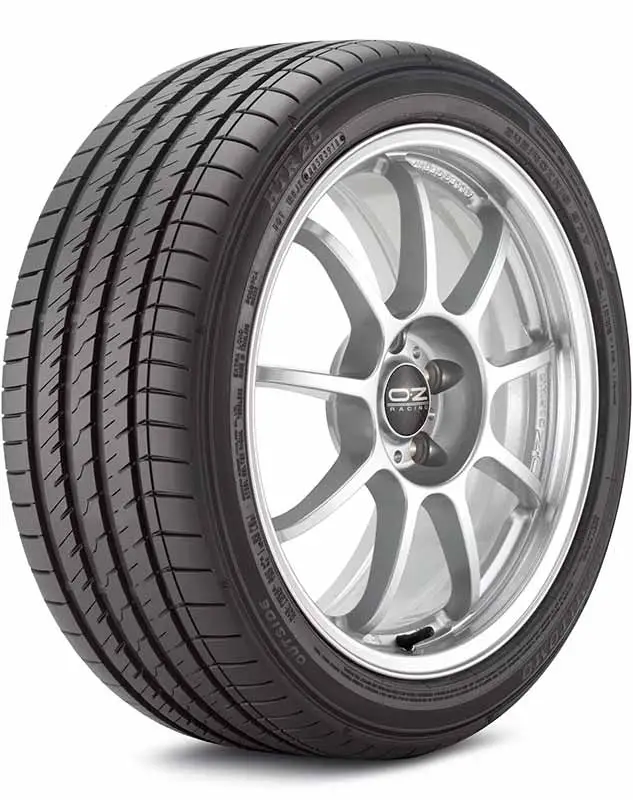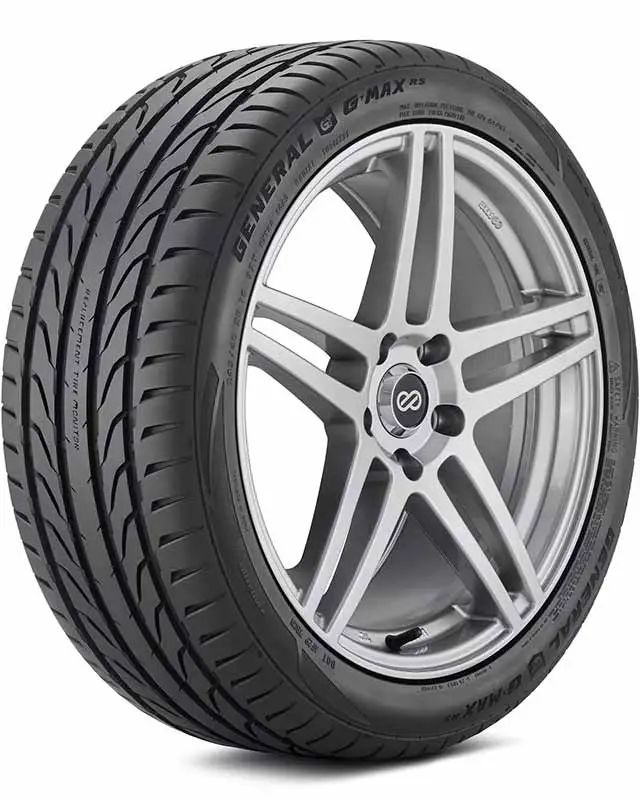Ever been cruising down the road, enjoying your favorite tune, when BAM! You have a flat tire. It’s a real mood killer, right? But what if you could take matters into your own hands and properly repair it with a tire patch?
How To Patch A Tire
Patching a tire involves finding the puncture, preparing the area, applying a patch, and ensuring it’s properly sealed. Though it requires some specific tools and knowledge, it’s a process that can save you both time and money.
In this article, we’ll explore when a tire can and can’t be patched, the dos and don’ts of tire patching, the difference between tire patches and tire plugs, a step-by-step guide to patching a tire, and the professional guidelines for tire repair by the U.S. Tire Manufactures Association (USTMA) and the Tire Industry Association (TIA).
Let’s take a closer look.

Step-By-Step Guide to Patching a Tire
Alright, let’s dive into the nuts and bolts of patching a tire. We’re going to walk through this step by step, so grab your tools, and let’s get started!
- Mark the Spot: Mark the spot that you want to patch. This helps you keep track of the puncture location during the repair process.
- Remove the Tire: Next, you need to remove the tire from the rim. This gives you full access to both the inside and outside of the tire for a thorough inspection.
- Inspect the Tire: Perform a detailed inspection of both the inside and outside of the tire. Even if the puncture seems simple from the outside, the nail could have caused unseen damage to the interior sidewall.
- Trim and Stabilize: If the tire is repairable, trim the puncture area of damaged cables to clean and stabilize the area.
- Prepare the Area: Use the scuffer tool to rough up the area around the puncture with a crosshatch pattern. Don’t be shy with the tool. The patch adheres better to a rough surface. Make sure the area within 1/2″ (1.25 cm) of puncture has a roughened appearance. Wipe away any loose rubber pieces that formed during the scuffing.
- Apply Vulcanizing Glue: From the inside, buff the puncture area then apply special vulcanizing glue.
- Install Plug/Patch: Remove the backing from your patch without touching the exposed surface. From the inside out, pull the rubber stem through the puncture area sealing off the inside of the tire.
- Press and Seal: Press the patch firmly over the puncture area, being sure to press down the edges. Use the buffer tool to stitch the patch down and force out any trapped air.
- Wait and Dry: Wait for the patch to completely dry. This is a crucial step to make sure the patch adheres properly to the tire. Trim the excess stem from the plug/patch once dry.
- Remount and Inflate: Finally, the tire is then mounted back on the rim, inflated to the proper tire pressure and the repair is checked for leaks.
Remember, while it’s great to understand how to patch a tire, it’s not a job everyone will be comfortable doing. If you’re ever unsure, it’s always best to take your tire to a professional. They’ve got the tools, the know-how, and the experience to make sure your tire is safely repaired.
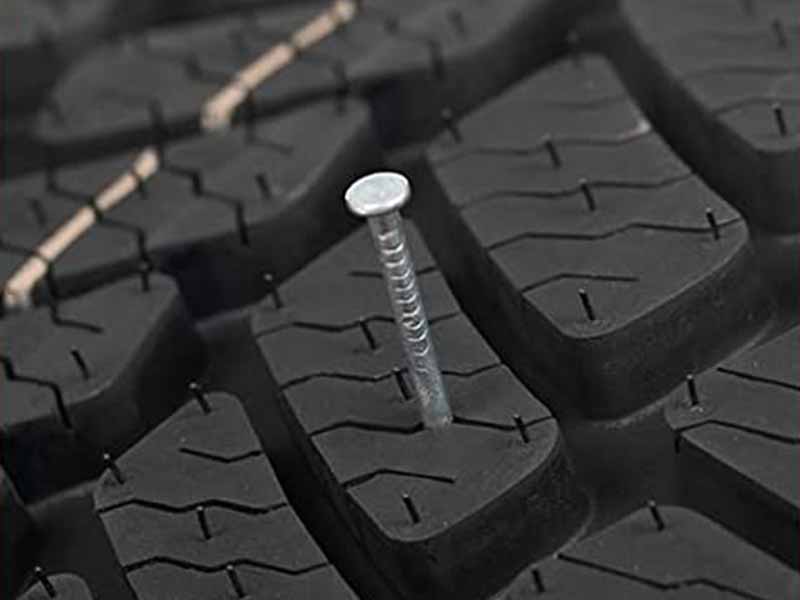
Understanding When a Tire Can and Cannot Be Patched
When it comes to patching tires, not every puncture is fixable. It’s like fixing a bike tire, but a bit more complex because car and truck tires are bigger, and there’s a lot more at stake if the repair doesn’t hold up. Let’s jump into the details.
When Can a Tire Be Patched?
A tire can be patched if the puncture or damage meets certain criteria:
- Location, location, location! The puncture must be in the tire’s tread area, that’s the part of the tire that meets the road. It’s the thickest part and designed to handle repair.
- Size matters. The puncture should be less than 1/4 inch in diameter. That’s about the size of a standard pencil eraser. Anything bigger than that might be too much for a standard patch to handle.
When Cannot a Tire Be Patched?
Sadly, there are times when a tire can’t be patched and will need to be replaced. Here are those unlucky situations:
- Avoid the Sidewall. The sidewall of the tire, that’s the part on the sides, can’t be safely patched. The structure and flex of the sidewall don’t allow for successful, safe repairs.
- Too Close for Comfort. If a puncture is too close to the sidewall, it’s a no-go. Patching near the sidewall can cause the patch to fail and might risk a blowout.
- Big Holes Need Big Solutions. If the hole in your tire is larger than 1/4 inch, it’s too big to be patched safely. In this case, it’s new tire time!
- Deep Damage. If the puncture has damaged the inner liner of the tire, a patch might not be enough.
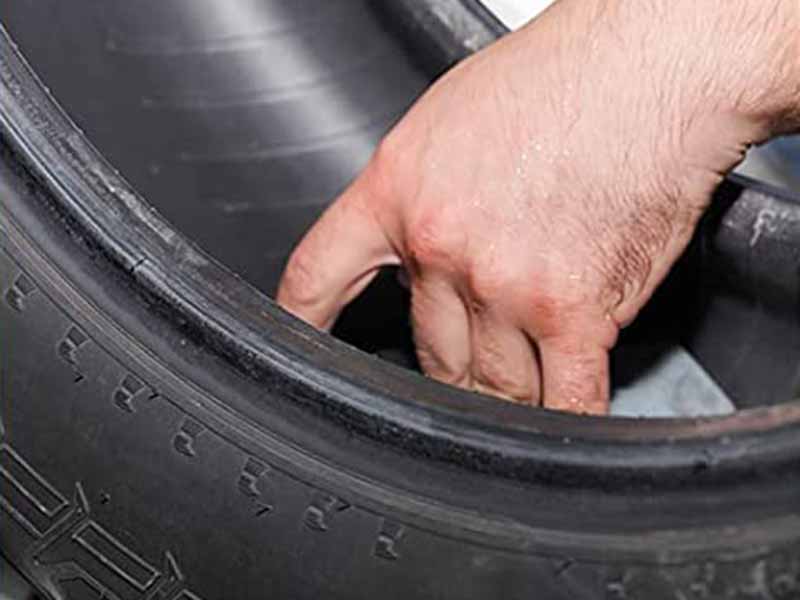
The Dos and Don’ts of Tire Patching
Fixing a tire isn’t as simple as slapping on a patch and calling it a day. Nope! It requires a little more know-how than that. Let’s go through some important dos and don’ts when it comes to patching up a tire.
Do Know Your Limits
- A Patch Isn’t Always a Fix-All. Remember that a patch is not a magic solution. If a tire has been patched once or twice before, another patch might not be the best idea. The more patches a tire has, the more its strength and reliability decreases.
- Patch Life Expectancy. A well-done patch on a tire can last for the remainder of the tire’s life. But, like everything, it has its limits. Regular checks and maintenance are key to ensuring a patched tire stays safe on the road.
Don’t Overdo It
- Too Many Patches. Having too many patches on a tire can affect its balance and overall performance. If a tire already has two patches, think twice before adding another. It might be safer and more cost-effective in the long run to replace the tire.
- Massive Holes. If the hole in the tire is too big, don’t try to patch it. A hole larger than 1/4 inch is too much for a patch to handle, and the tire will likely need to be replaced.
Do Get a Professional’s Opinion
- Ask an Expert. It’s always a good idea to get a professional’s opinion before deciding to patch a tire. They’ll have the experience and knowledge to know if a patch will do the job or if a new tire is the safer bet.
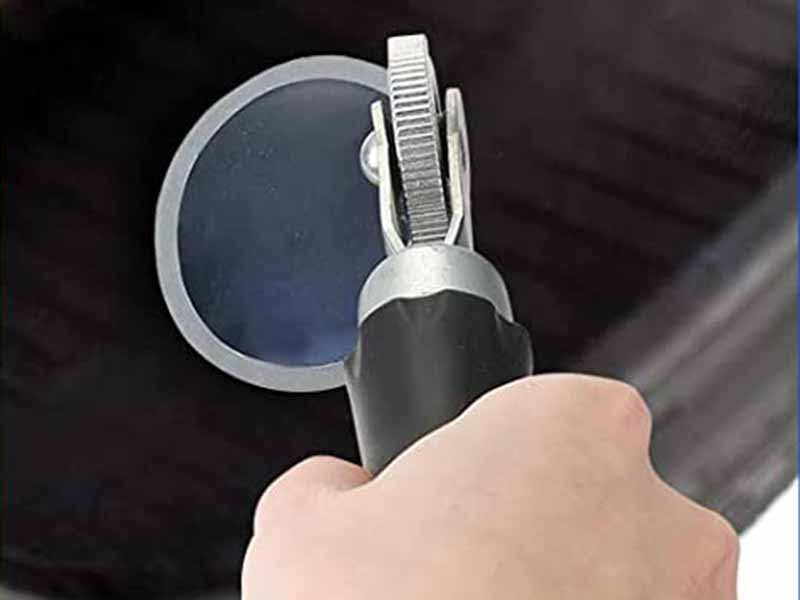
Tire Patches vs. Tire Plugs: What’s the Difference?
When it comes to quick fixes for tire punctures, two names you’ll often hear are tire patches and tire plugs. Both can save a tire from the scrap heap, but they aren’t quite the same. Let’s take a closer look at these two tire saviors and why one might be better than the other.
What Are Tire Patches and Tire Plugs?
- Tire Plugs: Think of a tire plug like a quick band-aid for your tire. It’s a piece of rubber that’s pushed into the puncture from the outside of the tire. It can be a speedy, roadside fix, but it’s not always the best long-term solution.
- Tire Patches: A tire patch, on the other hand, is more like a proper cast for your tire. It’s a piece of rubber that’s glued to the inside of the tire, covering the puncture. It takes a bit more work to apply, but it offers a more secure, lasting fix.
Why Are Tire Patches Generally Better Than Tire Plugs?
You might wonder, if a plug is quicker, why not always go for it? Well, there are a few reasons:
- It’s About the Seal: A patch seals the puncture from the inside, preventing water, dirt, and other nasties from getting into your tire. A plug, however, doesn’t always provide the same level of protection.
- Reliability is Key: Because patches are applied with a strong adhesive and create a more secure seal, they’re generally more reliable than plugs. You’re less likely to have a patch fail compared to a plug.
- Professional Recommendation: Most tire experts and organizations, like the USTMA and TIA, recommend patches over plugs. It’s about the safety and longevity of the repair.
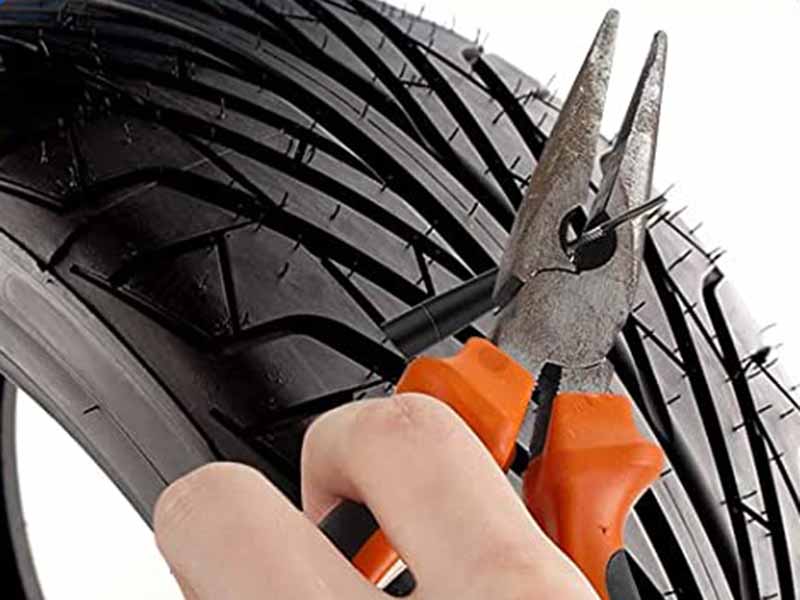
Professional Tire Repair Guidelines: USTMA and TIA
In the world of tires, there are some big names that guide the way. Two of these are the USTMA (U.S. Tire Manufacturers Association) and the TIA (Tire Industry Association). Both have set guidelines for how to repair a tire properly and safely.
Understanding the USTMA Tire Repair Process
The USTMA is a group of tire manufacturers in the U.S. They’re kind of like the wise council of tire repair. Their guidelines state:
- Patch it Right: The USTMA recommends using a patch-plug combination for repairing punctures. This type of repair involves a patch on the inside and a plug filling the hole, which gives a better seal against water and debris.
- Keep it Small: They suggest that only punctures up to 1/4 inch in diameter should be repaired. Anything bigger and the tire should be replaced.
- Tread Only: Only punctures in the tread area should be repaired. If there’s damage to the sidewall, it’s time for a new tire.
Decoding the TIA Tire Repair Process
The TIA is an international group representing all aspects of the tire industry, from manufacturers to repair shops. They have their own guidelines, which align closely with the USTMA:
- Proper Repairs: They also recommend a patch-plug combo for repairing punctures.
- Size and Location: Like the USTMA, they recommend that only punctures up to 1/4 inch and within the tread area be repaired.
- Professional Check: The TIA suggests having the tire inspected by a professional before and after repair to ensure it’s safe.
These guidelines are like the golden rules of tire repair. They’re there to make sure that every tire on the road is safe and reliable.
Resources
Below are some links you may find helpful when learning about tires
Final Thoughts
After walking through this article, you’re now armed with the knowledge to turn that bummer of a situation into a problem-solving adventure.
The key takeaway here is that while not all tire damage can be fixed with a patch, understanding when and how to perform a permanent repair on a punctured tire can be a real game-changer. It saves you time and potentially some serious cash. So next time that unfortunate “BAM” hits, you’ll be ready to take on the challenge, keeping in mind the safety guidelines from tire pros like the USTMA and TIA.
Good luck and happy motoring.
